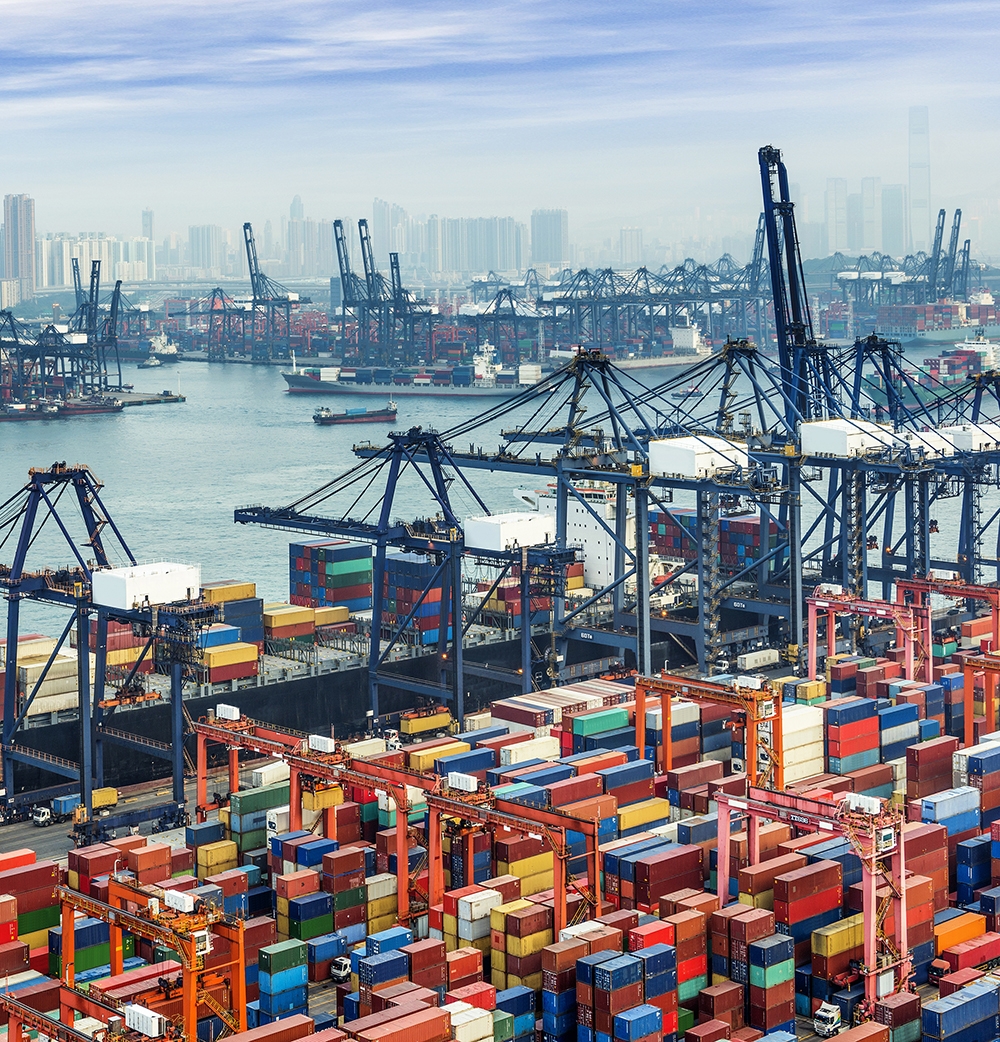This paper was presented as part of the "Global Inflation Today" conference at PERI, December 2022. For the full set of conference papers and conference commentary, video, and interviews, click here.
In macroeconomic policy discussions, the supply side of the economy is usually represented as a level of potential output, reflecting the real resources available for production. It is often assumed that aggregate demand and potential output evolve independently, and that the task of macroeconomic policy is to keep demand-determined output close to the level corresponding to the economy’s productive potential. A number of developments have made this representation of supply constraints less satisfactory. The failure of output and employment to return to its previous trend following the financial crisis of 2007-2009 suggests that demand-induced changes in output can have permanent effects. On the other hand, it has become clear that supply constraints come into play in response not only to increases in aggregate expenditure, but also to changes in its composition. We argue that these developments call for a reconceptualization of supply constraints. Rather than limiting the level of output, we should think of them as limiting the rate of change of output, both in the aggregate and in its composition. Substantively, we should think of supply constraints in modern economies as fundamentally reflecting limited capacity for coordination by markets.



